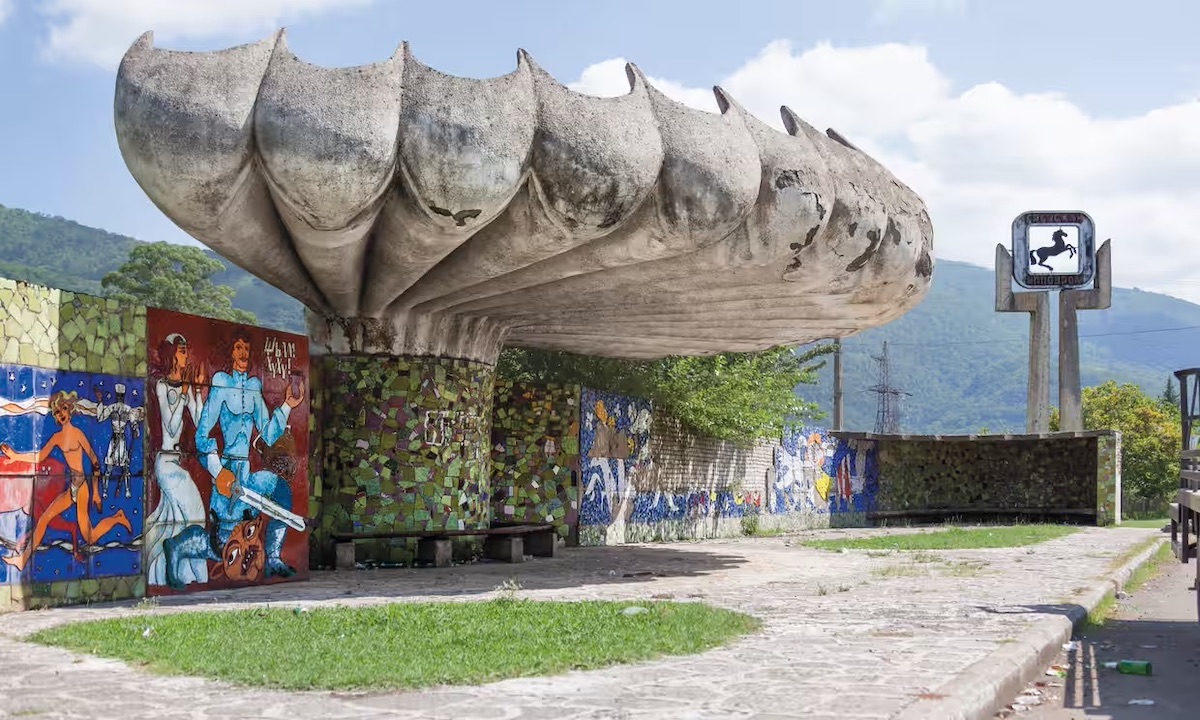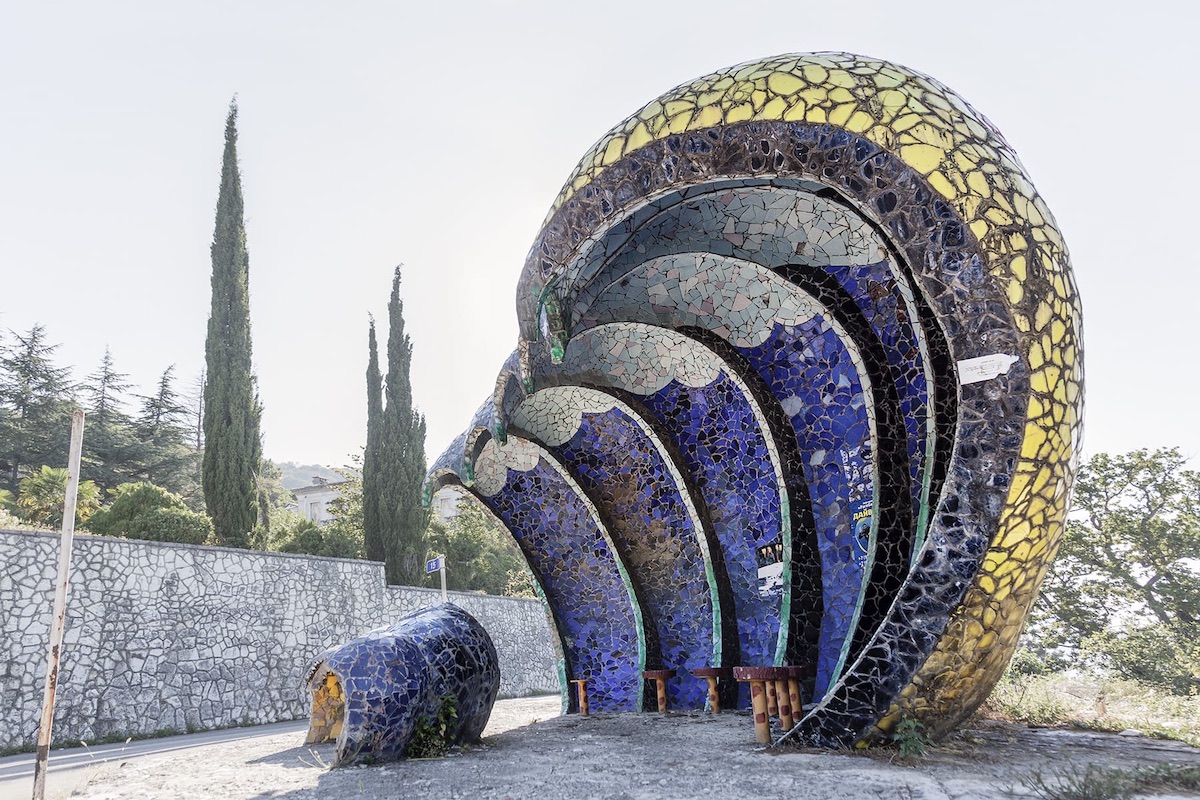“The bus stops are disappearing so fast. If I come back a year from now, they could be gone, demolished, or rebuilt. These pictures may be all that’s left in the end. I want to give them some kind of immortality.”
— Christopher Herwig, Photographer and Soviet Bus Stop Hunter
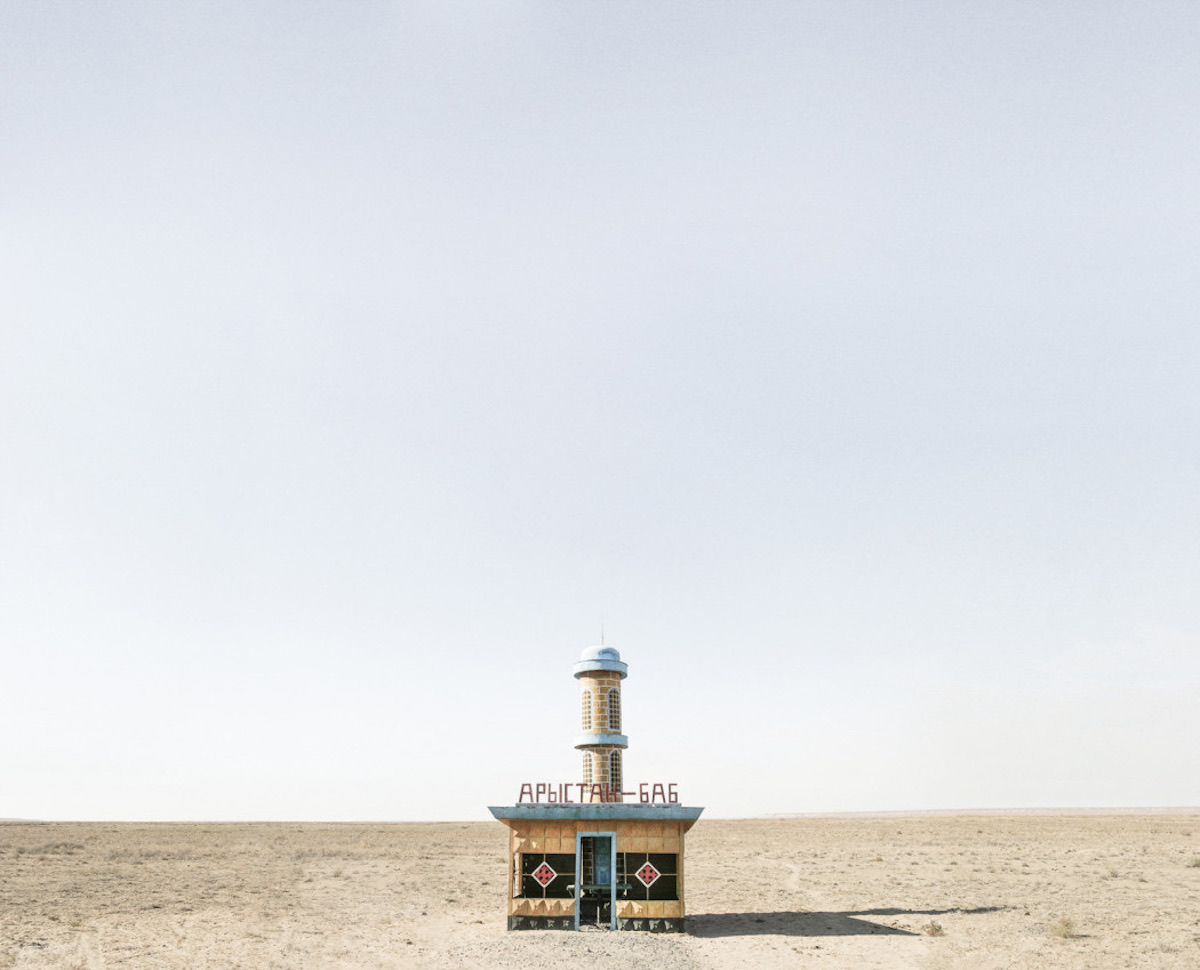
Photographer Christopher Herwig noticed the strangely familiar and expressive bus stops as he explored remote parts of the former Soviet Union in the Baltic countries, Russia, Georgia, Russia and Ukraine. You can see his work in Soviet Bus Stops and Soviet Bus Stops Volume II and at Fuel design.
As Jonathan Meades writes in the first book’s forward, the Soviet empire had a “taste for the utterly fantastical”. The bus stops take in a vast range of architectural styles and aesthetics, materials and decoration, welcome breaks from the autonomy of Soviet centralised planning and functionality.
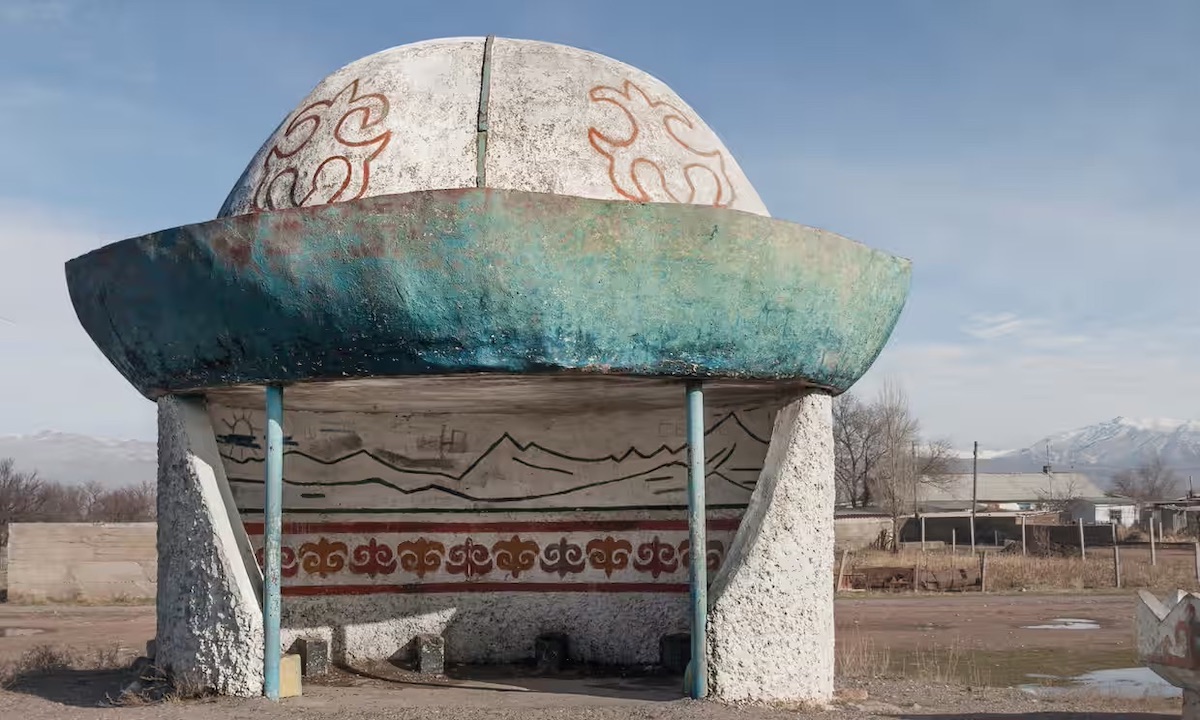
Balykchy, Kyrgyzstan
Herwig began his project in 2002, when he shocked by the price of a Ryanair seat from London to Stockholm to opted to make the journey by bicycle. To break things up he photographed something interesting every hour. “It wasn’t until I got into the Baltic countries,” he says, “that they jumped out at me. Within the first 50km of Lithuania, I noticed these peculiar bus stops everywhere…
”Some were totally mad. It seemed like each had its own completely unique personality. It began to make me realise that, behind the iron curtain and the cliches about the Soviet Union that we grew up with in the west, there were millions of individuals daydreaming and pushing the limits of creativity.”
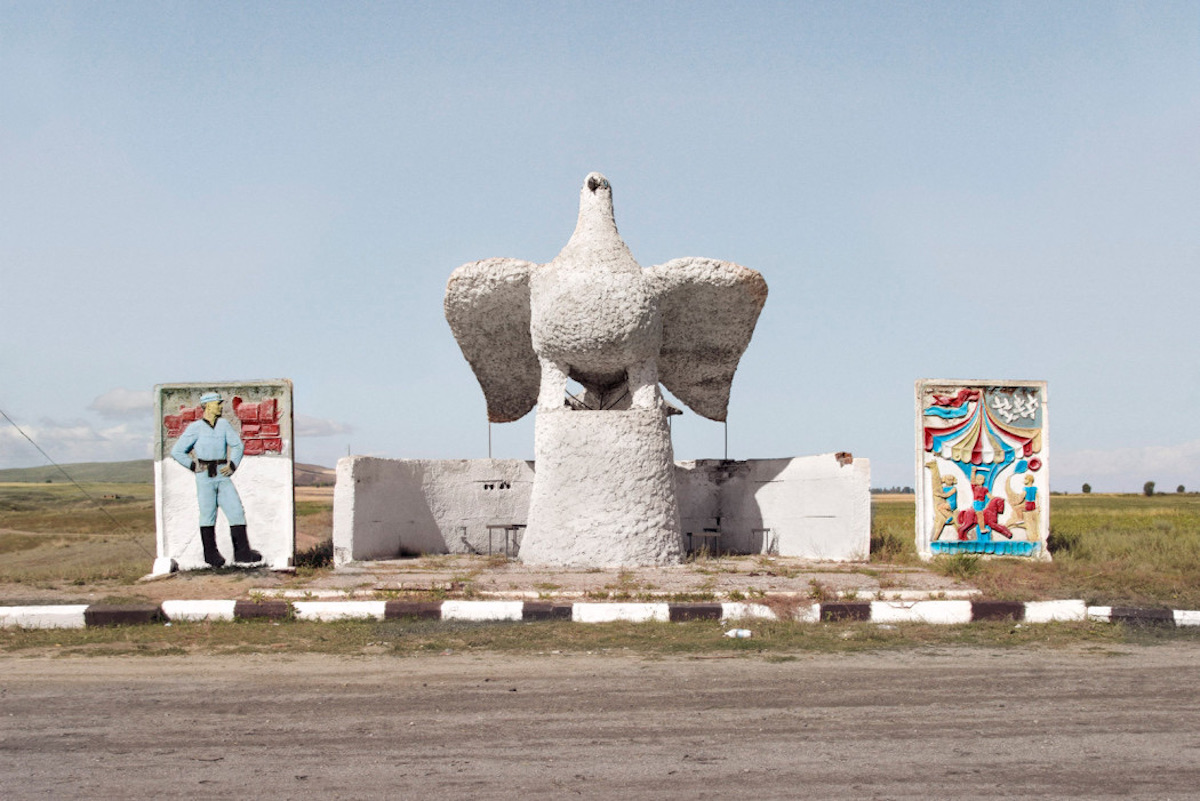
Karakol, Kyrgyzstan.
Herwig set out to find the designers on these eye-catching waiting spaces:
“The designers were difficult to find, especially at first,” he says. “It got easier as the project became more popular and folks were more willing to help us track them down. The most famous designer we managed to interview was Zurab Tsereteli, a Georgian artist who has had a hugely successful career and whose art continues to sell well to this day. He had paintings of Richard Gere and De Niro in his studio, and still actively designs large city monuments, some of which are controversial.
“The others we tracked down were super welcoming and sweet and really opened up as we spent more time with them, especially Armen [Sardarov] in Belarus… He told me that the bus stops were not just an opportunity to draw a sketch, but also had philosophy and poetry behind them, which aligned with his concept of how a road should be built and how a bus stop fits into its environment.”
“In many Soviet architecture universities, the bus stop was one of the students’ first projects and an opportunity to create something never seen before. Since it was considered a ‘minor architectural form’, it was not seen as threatening to any major ideological value – rather, it was encouraged as a medium for artists to have fun and bring pleasure to the people.”
– Christopher Herwig
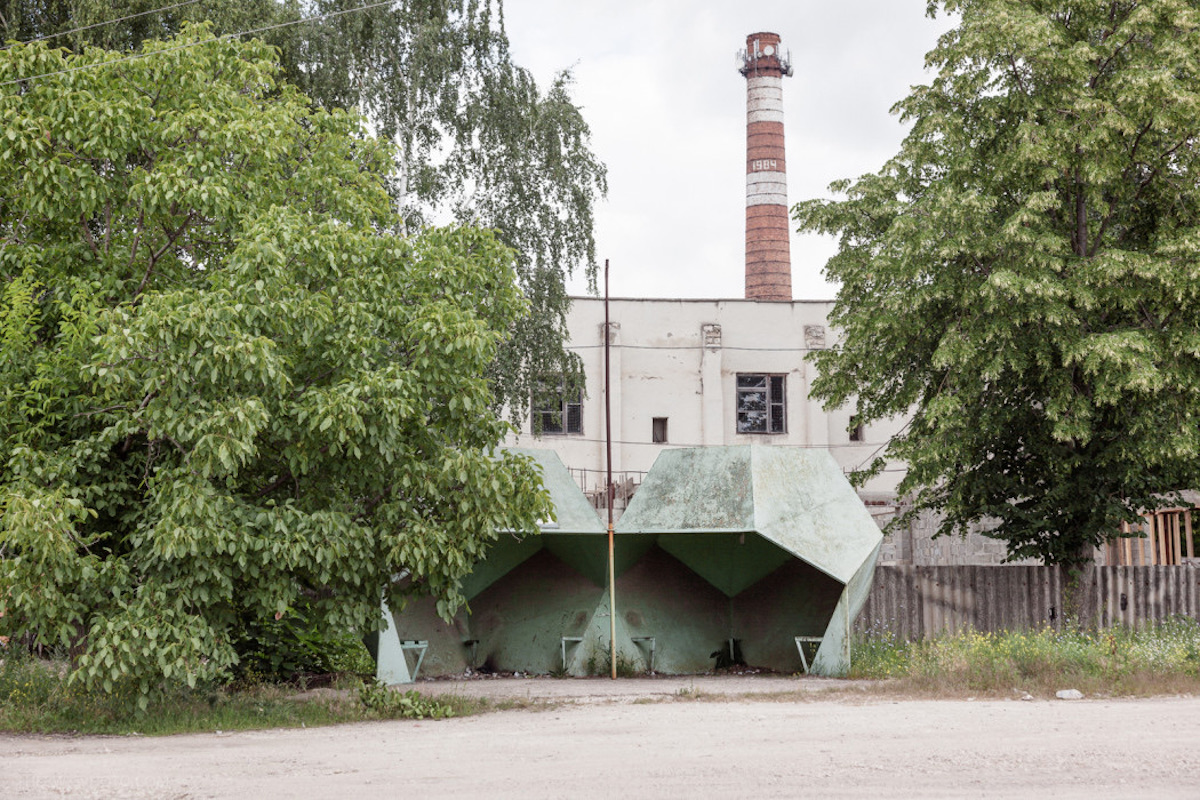
Falesti, Moldova.

Kaunas, Lithuania.

Charyn, Kazakhstan.
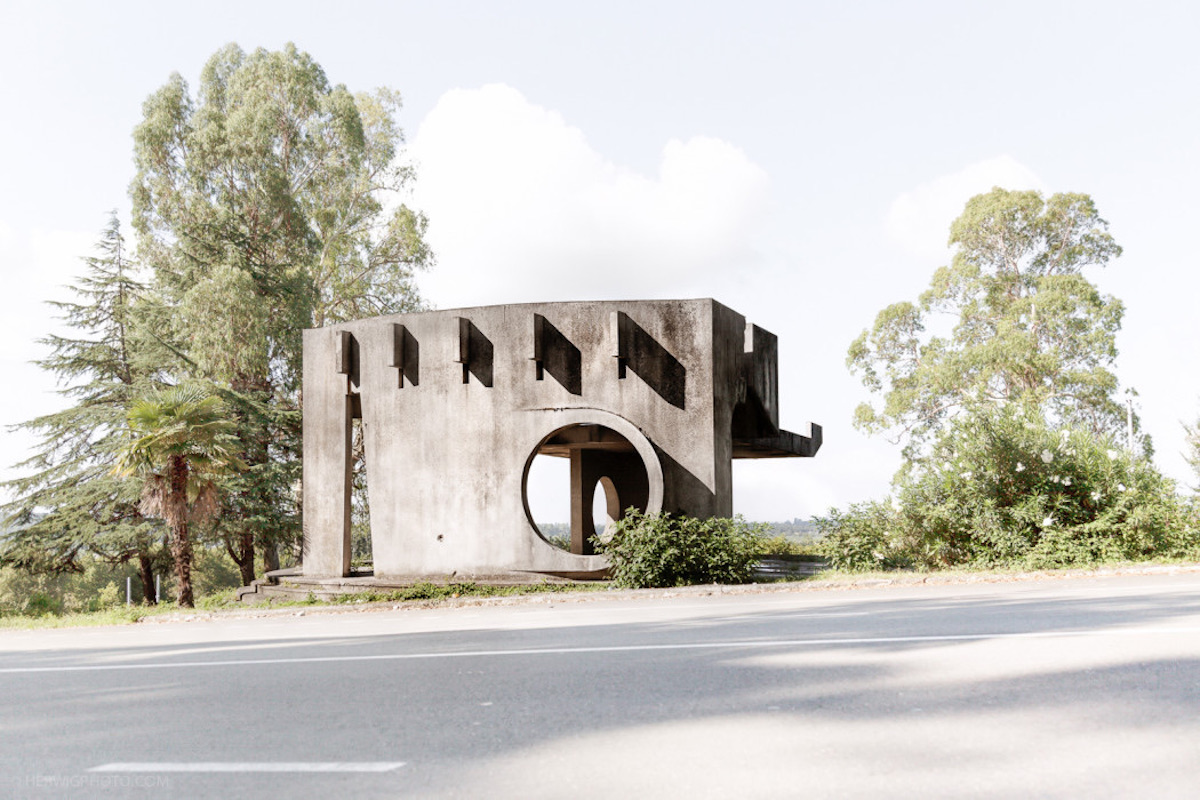
The disputed region of Pitsunda in the Gagra district of Abkhazia.
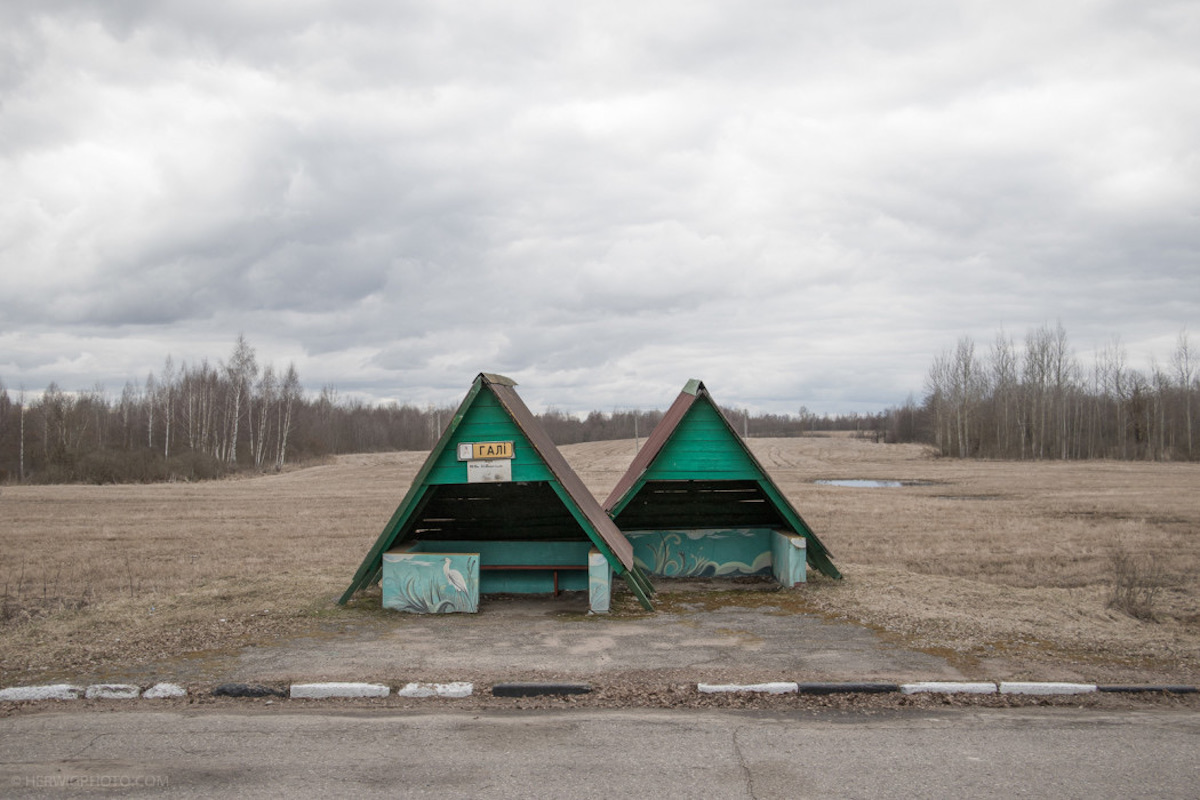
Gali, Belarus.

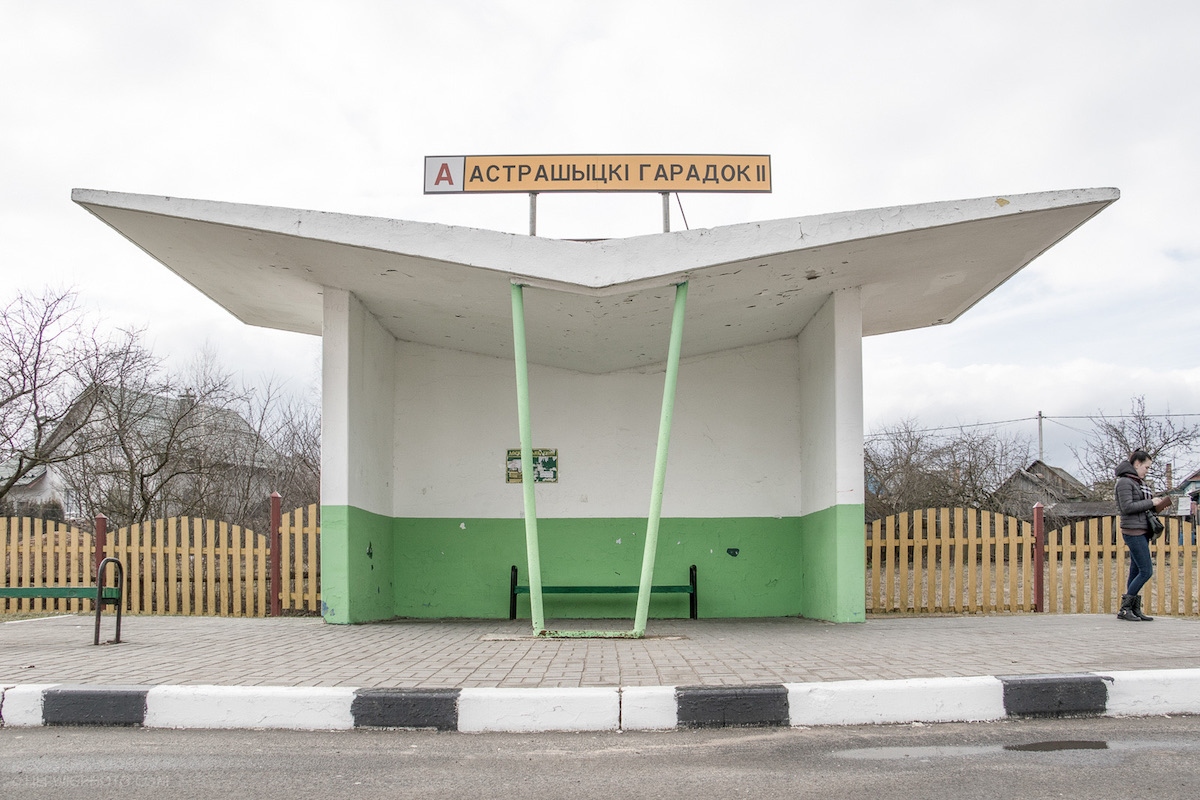
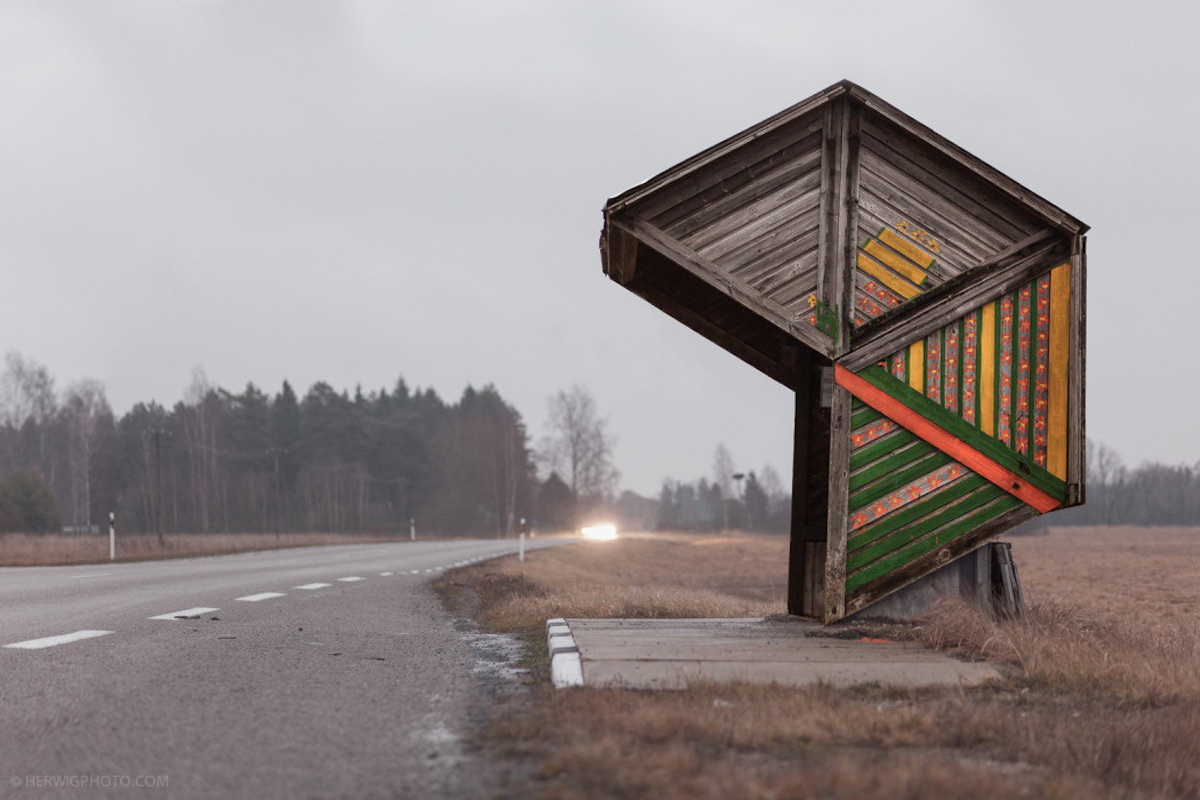
Kootsi, Estonia.
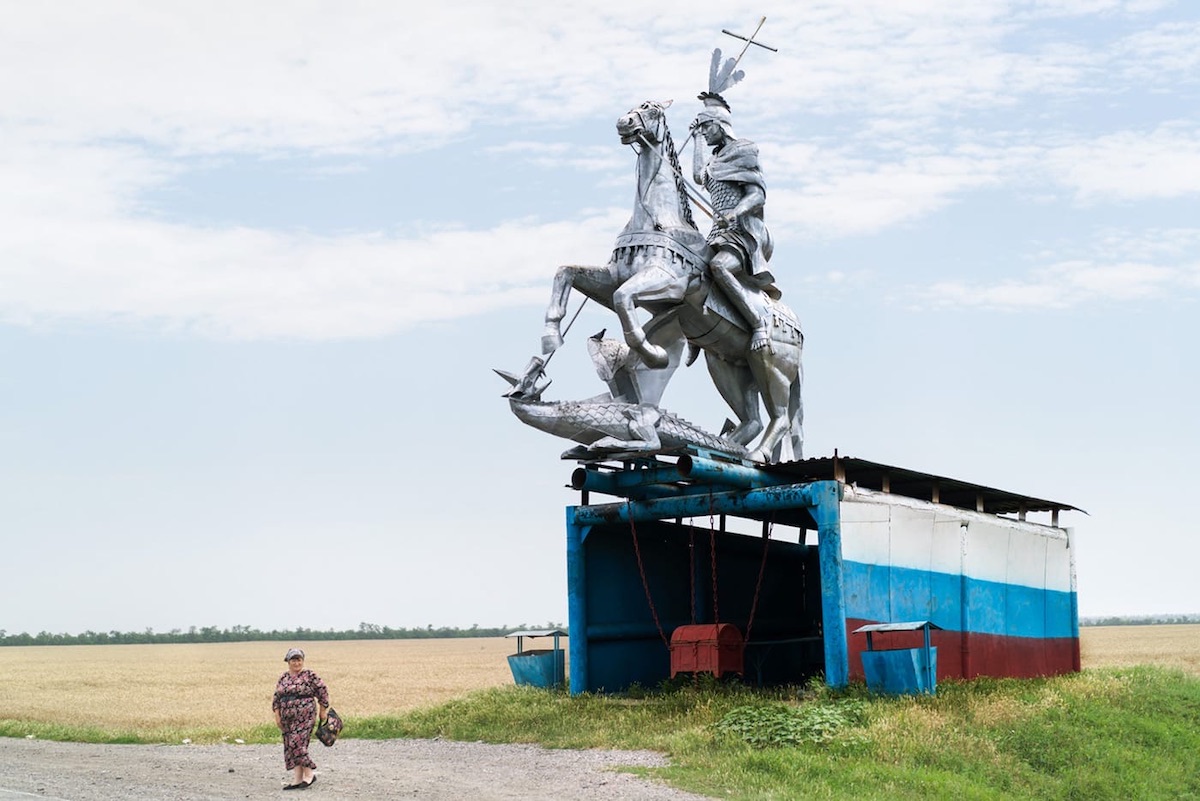
Rostovanovskoye, Russis

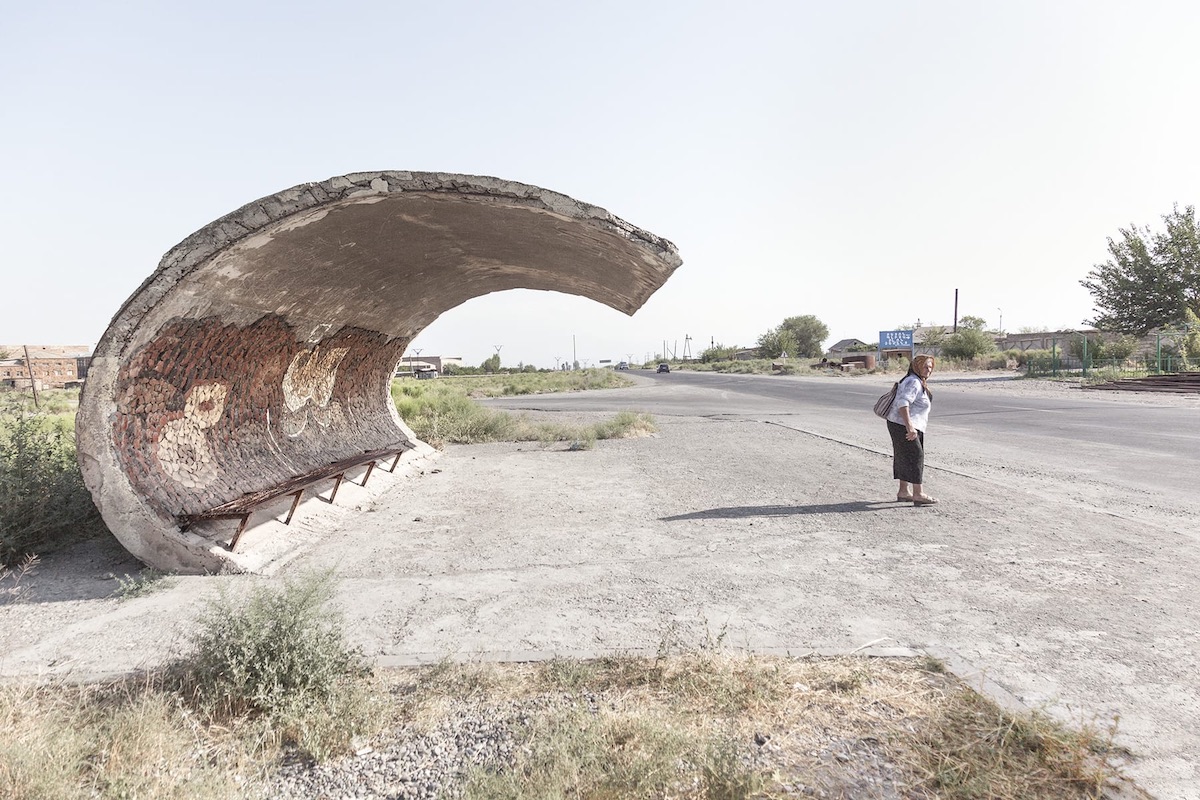
Armenia, Echmidazin
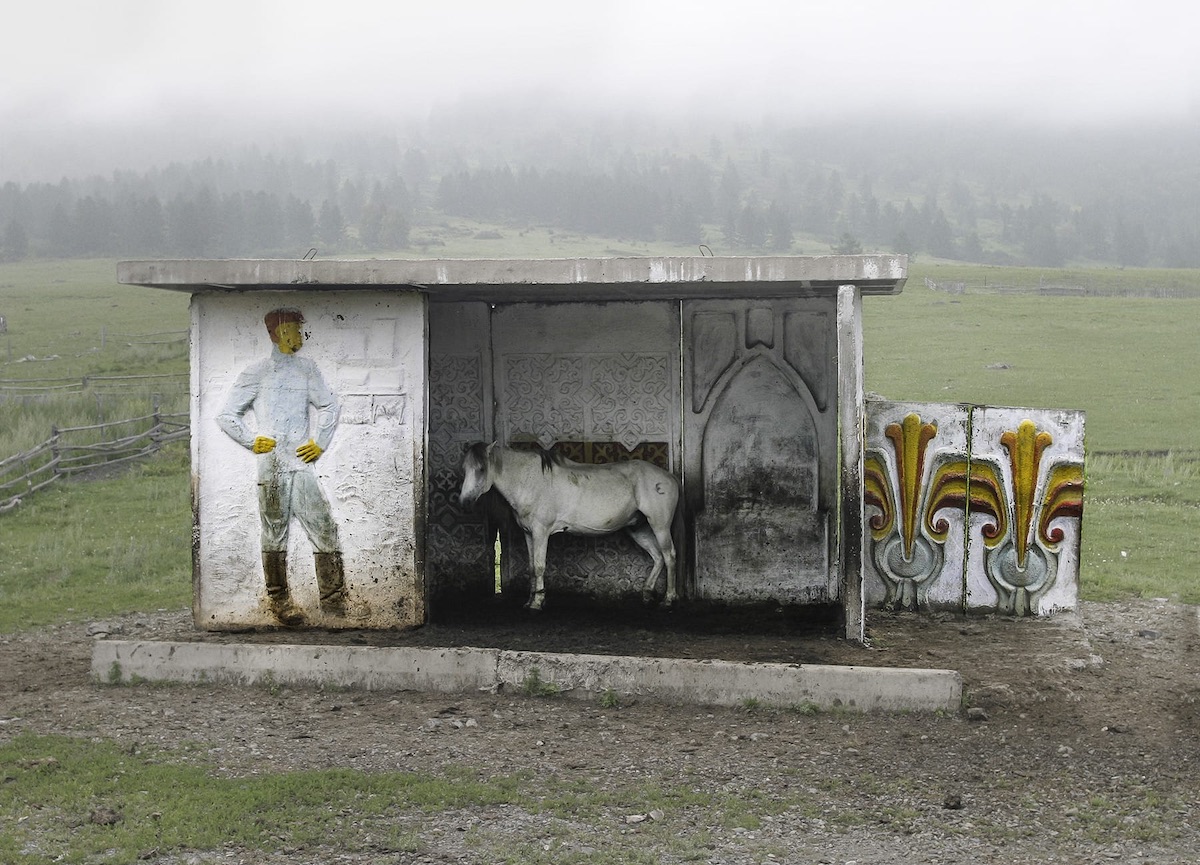
Altay Mountains, Kazakhstan
Lead Image: Soviet bus stop in Aralsk, Kazahkstan. Photography- Christopher Herwig
Would you like to support Flashbak?
Please consider making a donation to our site. We don't want to rely on ads to bring you the best of visual culture. You can also support us by signing up to our Mailing List. And you can also follow us on Facebook, Instagram and Twitter. For great art and culture delivered to your door, visit our shop.

